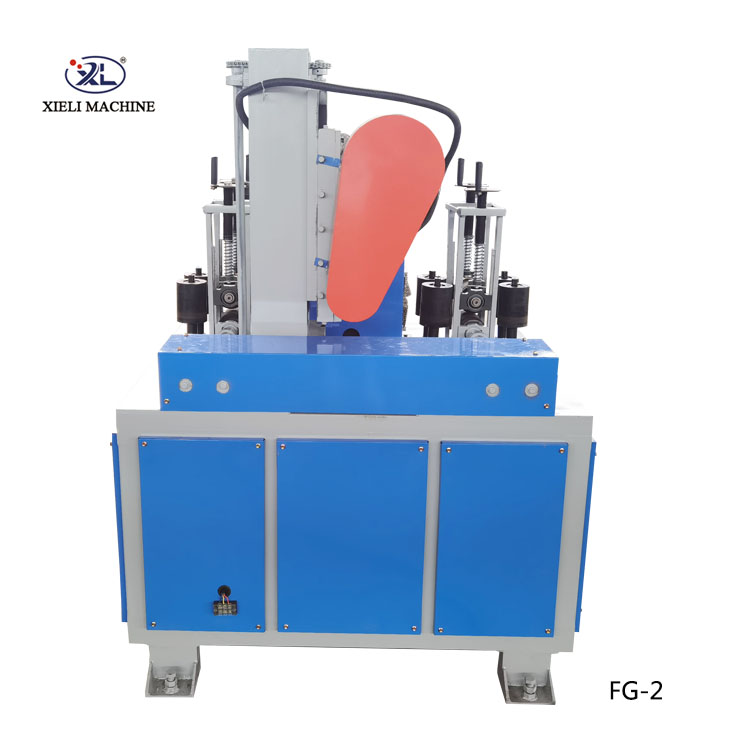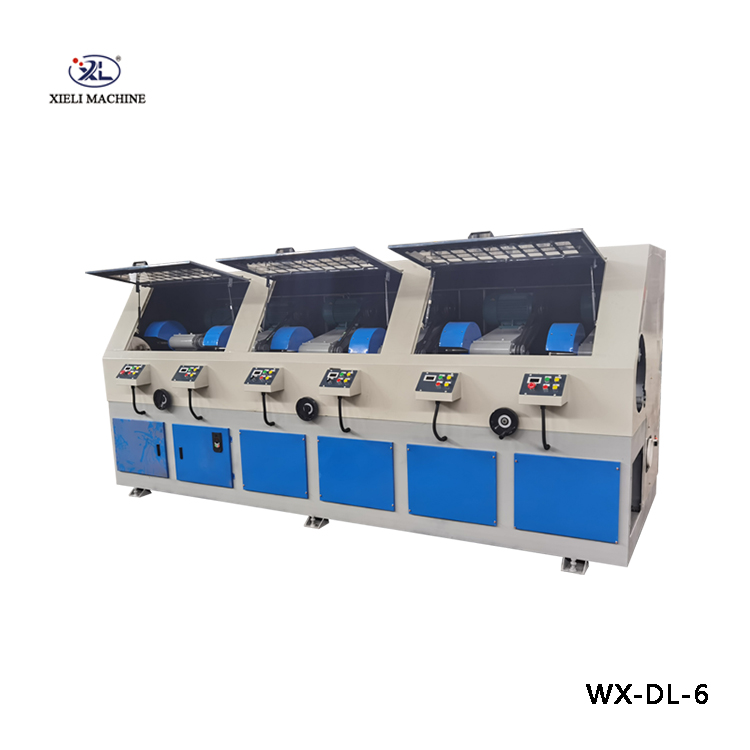Understanding Centerless Grinder Services
Centerless grinding is a precision machining process that utilizes abrasive cutting to remove material from a workpiece. Unlike traditional cylindrical grinding, centerless grinding does not require the workpiece to be mounted between centers. Instead, it is held in place by a combination of driving and regulating wheels, which makes this technique highly efficient for mass production.
Over time, centerless grinders may require service to maintain their optimal performance and precision. Regular maintenance and proper servicing are crucial to ensure that these machines can produce consistent and high-quality parts. Here, we will discuss the importance of centerless grinder services, their key components, and the typical procedures involved.
Importance of Centerless Grinder Services
Maintaining the functionality of a centerless grinder is vital for a number of reasons. First and foremost, precision is crucial in any manufacturing process, especially for parts that must fit together flawlessly. A well-maintained centerless grinder can produce parts with tolerances as tight as a few microns. Regular service checks help identify wear and tear before they lead to significant downtime or costly production errors.
Moreover, proper service ensures the longevity of the equipment. Centerless grinders are a significant investment for any manufacturing facility, and neglecting their maintenance can lead to premature failure. By implementing regular servicing schedules, companies can extend the life of their machines and reduce the likelihood of unexpected breakdowns.
Key Components of a Centerless Grinder
To understand the servicing process, it is essential to recognize the key components of a centerless grinder. The main components include the grinding wheel, regulating wheel, work rest blade, and the dressing tool. Each of these parts plays a vital role in the grinding process.
3 centerless grinder service

1. Grinding Wheel This is the primary component responsible for removing material from the workpiece. Over time, grinding wheels can become worn, which affects their ability to cut effectively. Regular inspection and replacement are necessary to maintain optimal performance.
2. Regulating Wheel This wheel controls the speed of the workpiece and ensures it moves at a consistent pace. If the regulating wheel becomes damaged or worn unevenly, it can lead to inaccuracies in the finished part.
3. Work Rest Blade The work rest blade supports the workpiece throughout the grinding process. If misalignment or wear occurs, it can lead to defects in the work produced.
4. Dressing Tool This tool is used to maintain the shape and sharpness of the grinding wheel. Regular dressing is essential for the quality of the grinding process.
Typical Servicing Procedures
Servicing a centerless grinder typically includes several critical procedures
- Inspection Regularly check all components for wear and tear, including the wheels, blade, and alignment. - Calibration Ensuring that all settings are accurate and that the wheels are properly aligned with respect to the workpiece. - Cleaning Regularly clean the machine to prevent the accumulation of debris and dust, which can affect performance. - Dressing of Wheels Periodically dress the grinding wheels to restore their cutting ability and geometry.
In conclusion, centerless grinder services are essential to maintain the performance and precision of these machines. By understanding their components and following proper maintenance procedures, manufacturers can ensure the efficiency and longevity of their centerless grinders, thereby enhancing productivity and minimizing downtime. Regular servicing ultimately translates to improved product quality and operational success in the competitive manufacturing landscape.





